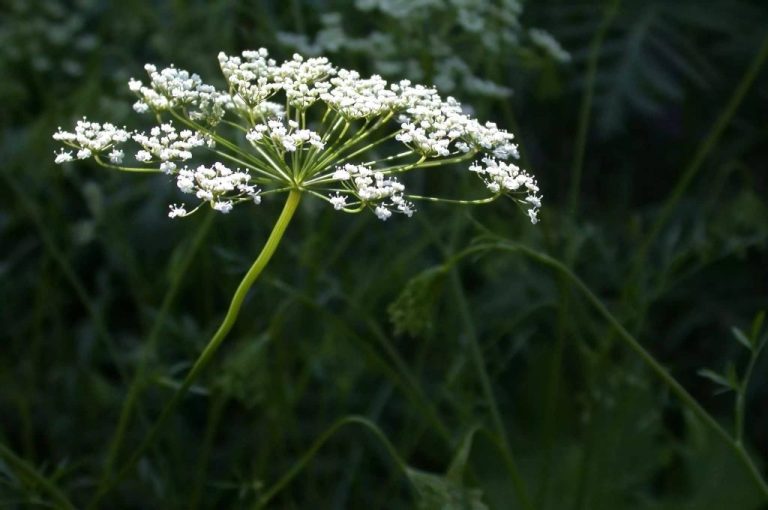Anise is best known as an ingredient in Christmas cookies. Anise has long been used as a medicinal plant because of its expectorant and antispasmodic properties.
Anise belongs to the umbelliferae and reaches a height of about half a meter.
Although they share the name, anise is not related to star anise. This article will only deal with anise.
The spice plant originally comes from the Mediterranean region. The commercially available anise comes mainly from Turkey, Egypt or other tropical growing areas such as Argentina or Southeast Asia.
In Central Europe, anise very rarely grows wild. You should also never collect anise yourself, as the fruits look very similar to the poisonous hemlock fruits.
You can buy anise both in the pharmacy and in the health food store. We always advise you to use organic quality spices to avoid pesticides in the environment and in the product.
If you store aniseed with exposure to light, chemicals called photoanetholes with estrogenic properties can form. It is therefore particularly important to store aniseed away from light and air.
Effect and application of anise
A study from 2012 shows that anise has the following effects, among others:
antibacterial
antifungal
antiviral
muscle relaxant
antispasmodic
expectorant
This is mainly due to the essential oils that make up up to 80 percent of the seeds. Anise also contains valuable flavonoids.
Due to the different modes of action, anise can also be used in many different ways in terms of health. The main areas of application include:
Colds: The expectorant effect clears the bronchi, while the antispasmodic effect relieves the upper respiratory tract.
Digestive problems: Anise relaxes the intestinal tract and at the same time stimulates the production of digestive juices. This relieves bloating.
Milk production: Anise is said to stimulate breast milk production in breastfeeding mothers. In addition, the spice reduces flatulence in the baby, since the active ingredient is passed on through breast milk.
Preparation of anise
A tea made from the seeds of the aniseed plant is recommended for use as a remedy.
Preparation:
In order for the essential oils to develop in the best possible way, you should first grind the seeds lightly with a mortar.
Pour about 250 milliliters of hot water over about 1 teaspoon of ground anise seeds. Because of the volatile nature of essential oils, it is important that the water does not boil.
Then let the tea steep for about 10 minutes before removing the seeds.
You can also mix anise with fennel and caraway. Both plants support digestion and also stimulate milk production.
You can also use anise as a pure essential oil. However, it is very rare and therefore quite expensive. Star anise essential oil is often offered instead, but it is of lower quality and has different effects.
Anise is also often used as an addition to pastries or desserts. Anise is very popular, especially around Christmas. Anise is often found in gingerbread spices and mulled wine.
But aniseed is also ideal for flavoring hearty dishes such as red cabbage or carrots.
In addition, alcoholic drinks made from anise, such as ouzo, are not only popular in Greece. As an aperitif, it is said to stimulate digestion before eating.

